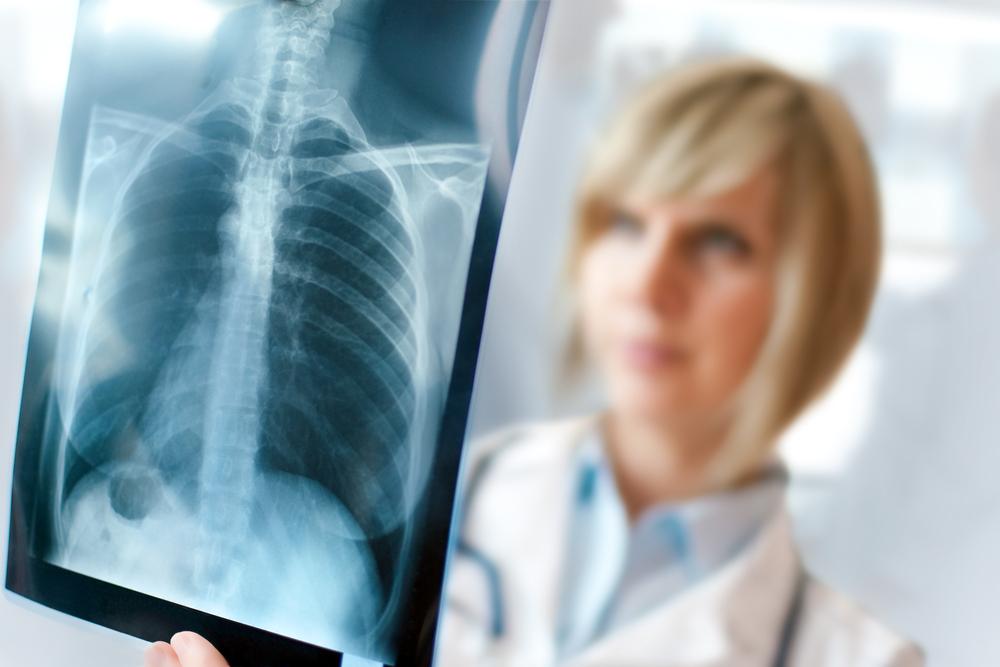Chronic obstructive pulmonary disease, commonly known as COPD, is a group of progressive lung diseases, the most common of which are emphysema and chronic bronchitis.
Emphysema destroys air sacs in your lungs over time, which interferes with outward air flow. Bronchitis causes inflammation of and narrows the bronchial tubes, allowing mucus to build up.
The main cause of COPD is smoking tobacco. Long-term exposure to chemical irritants may also lead to COPD, a disease that usually takes a while to develop.
Diagnosis of COPD usually involves imaging tests, blood tests and lung function tests.
Though there is no cure for COPD, treatment can ease symptoms, lower complications, and generally improve your quality of life. Some medications, supplemental oxygen therapy, and surgery are options available for treatment.
Left untreated, COPD can lead to heart problems and worsening respiratory infections.
The condition makes it harder to breathe, with symptoms being mild at first, starting with intermittent coughing and shortness of breath. As COPD progresses, the symptoms can become more constant, making it increasingly difficult to breathe.
You may even experience some wheezing and tightness in the chest or have excess sputum production. Some people with the condition have acute exacerbations, flare-ups or severe symptoms.
Some Early Symptoms Include:
- Shortness of breath, after exercise
- A mild but recurrent cough
- Needing to clear your throat often first thing in the morning
You might find yourself starting to make subtle changes, like avoiding the stairs and skipping physical activities.
The symptoms can start getting progressively worse and harder to ignore. As your lungs become more damaged, you may even experience:
- Wheezing
- Tightness in the chest
- Chronic cough
- Frequent colds, flu and other respiratory infections
- Fatigue
In later Stages Of COPD, Symptoms May Include:
- Swelling of the feet, ankles, or legs
- Weight loss
You Need Immediate Medical Care If:
- You have gray or bluish fingernails or lips, indicating low blood oxygen levels
- You have issues catching your breath
- You feel confused, faint or muddled
- Your heart is racing
Symptoms are likely to be much worse if you currently smoke or are regularly exposed to secondhand smoke.
Treatments Include:
Medication
Medications called bronchodilators, taken through an inhaler or a nebulizer, help relax the muscles of the airways, widening them so you can breathe easier. Glucocorticosteroids can also be added to reduce inflammation in the airways.
Oxygen Therapy
If your blood oxygen level is low, you can take supplemental oxygen through a mask or nasal cannula to help you breathe.

